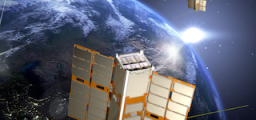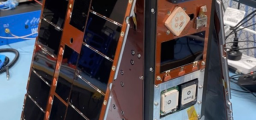Posted by: Marco Citossi
SpIRIT: An Australian-Italian Success in Space
The Space Industry Responsive Intelligent Thermal nanosatellite (SpIRIT for short), an Australian-Italian collaborative project, has successfully lifted off aboard a SpaceX Falcon 9 rocket. The launch marks a significant leap in space research and industry, particularly for Australia and Italy.
The University of Melbourne and the Italian Space Agency (ASI) spearheaded the SpIRIT mission, Australia’s first satellite to be supported by the Australian Space Agency.
Launched from Vandenberg Air Force Base in California on December 1, 2023, at 7:19 pm CET, SpIRIT successfully entered a polar orbit 513 km above Earth.
The initial communications have been established and we’ve received the first beacon signals from SpIRIT.
This mission, a part of the Korea 425 mission, carrying a total of 25 spacecraft, signifies Australia’s burgeoning stature in the global space sector. Notably, SpIRIT is the first Australian satellite to carry a foreign space agency’s scientific instrument as it’s main payload, namely the Italian Space Agency’s HERMES X-ray detector.
The HERMES X-ray detector is engineered to detect gamma-ray bursts, which are the incredibly energetic events following the death or collision of stars.
This detector is the centerpiece of the HERMES Scientific Pathfinder Constellation, an ambitious project involving a network of seven nanosatellites, including SpIRIT, dedicated to capturing these cosmic events.
The Italian National Institute of Astrophysics (INAF) has played a crucial role in the development of the HERMES X-ray detector.
Under the scientific coordination of Dr. Fabrizio Fiore, INAF contributed significantly to the technological and scientific advancements of the project. Dr. Fiore, in his statement, expressed excitement over the rapid transition of the HERMES instrument from concept to reality in just over four years, highlighting the thrilling prospects of observing the first photons in orbit thanks to this international collaboration.
Dr. Fiore’s comments underscore the innovative nature of the HERMES detector, identical to those developed for the HERMES Pathfinder constellation by a large team led by INAF with funding from ASI. SpIRIT stands as the first satellite to host this instrument, with other elements of the constellation in advanced stages of integration and testing.
The successful launch of SpIRIT is a milestone not just for the project’s key Australian partners like Inovor Technologies, Neumann Space, Nova Systems, and SITAEL Australia, but also for the Italian contributions, particularly from INAF and ASI. The collaboration exemplifies the strength of international partnership in pushing the boundaries of space technology and scientific discovery.
As SpIRIT commences its two-year mission in a Sun-synchronous polar orbit, it is equipped to conduct scientific operations and test the long-term performance of Australian-made space technology. The satellite, upon completing its mission, is designed to enter a safe mode and disintegrate upon re-entry into Earth’s atmosphere.
This successful launch has been celebrated by leaders in the space industry, including Professor Michele Trenti of the University of Melbourne and Dr. Teodoro Valente of the Italian Space Agency. The project also received praise from Enrico Palermo, head of the Australian Space Agency, for demonstrating Australia’s prowess in intelligent spacecraft design and the capacity for substantial scientific contributions on a global scale.
In the upcoming weeks, following preliminary assessments and contact with the Nova Systems ground station in Peterborough, South Australia, the compact 11.5 kg nanosatellite, designed in the widely-used CubeSat format, is set to unfold its solar panels and thermal radiators, extending almost one meter. These solar panels will be the primary power source for an array of components onboard the nanosatellite, including scientific instruments, various cameras (featuring a unique selfie stick), navigation systems, communication antennas, advanced onboard computers equipped with artificial intelligence, and an innovative electric propulsion system.
SpIRIT’s journey into space marks not only a triumph in technological innovation but also a beacon of hope for future collaborations in Earth Observation and Near-Earth Object detection and monitoring. The satellite embarks on a mission that transcends borders, aiming to shed light on the enigmatic wonders of the universe through a lens of international scientific cooperation.
🚀 To follow the launch again, click here.
👉 Original media release from Melbourne University
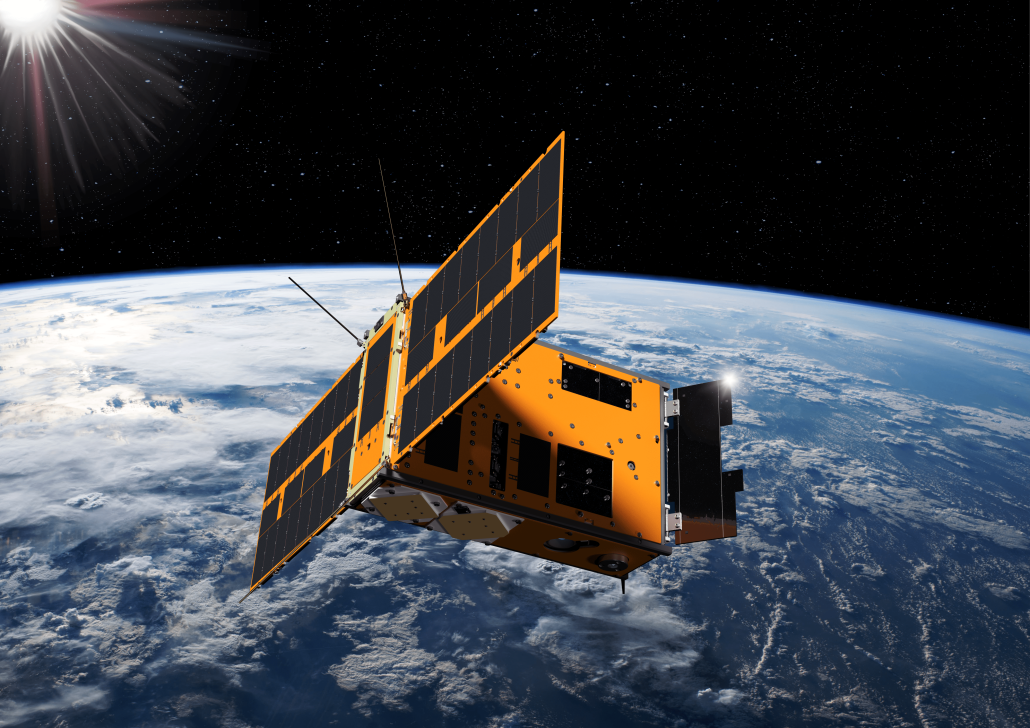
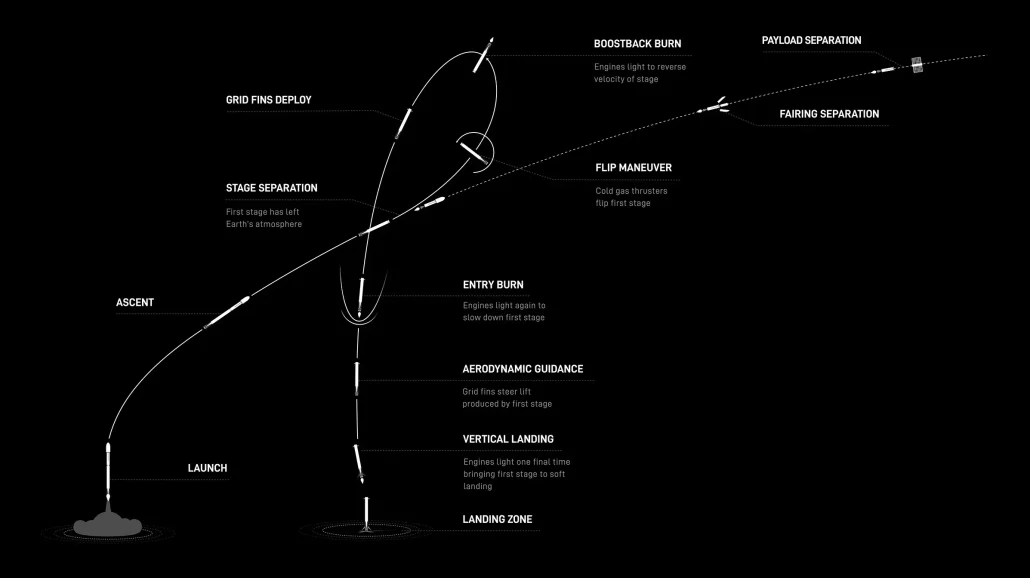
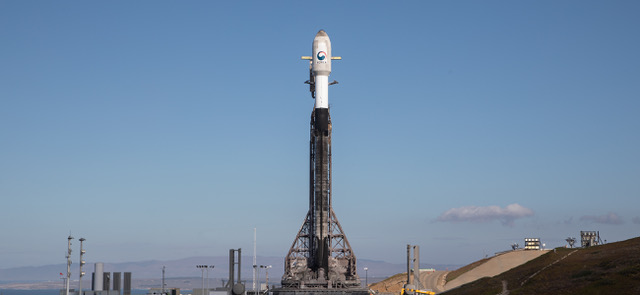
Credits: ESA, ASI, University of Melbourne

